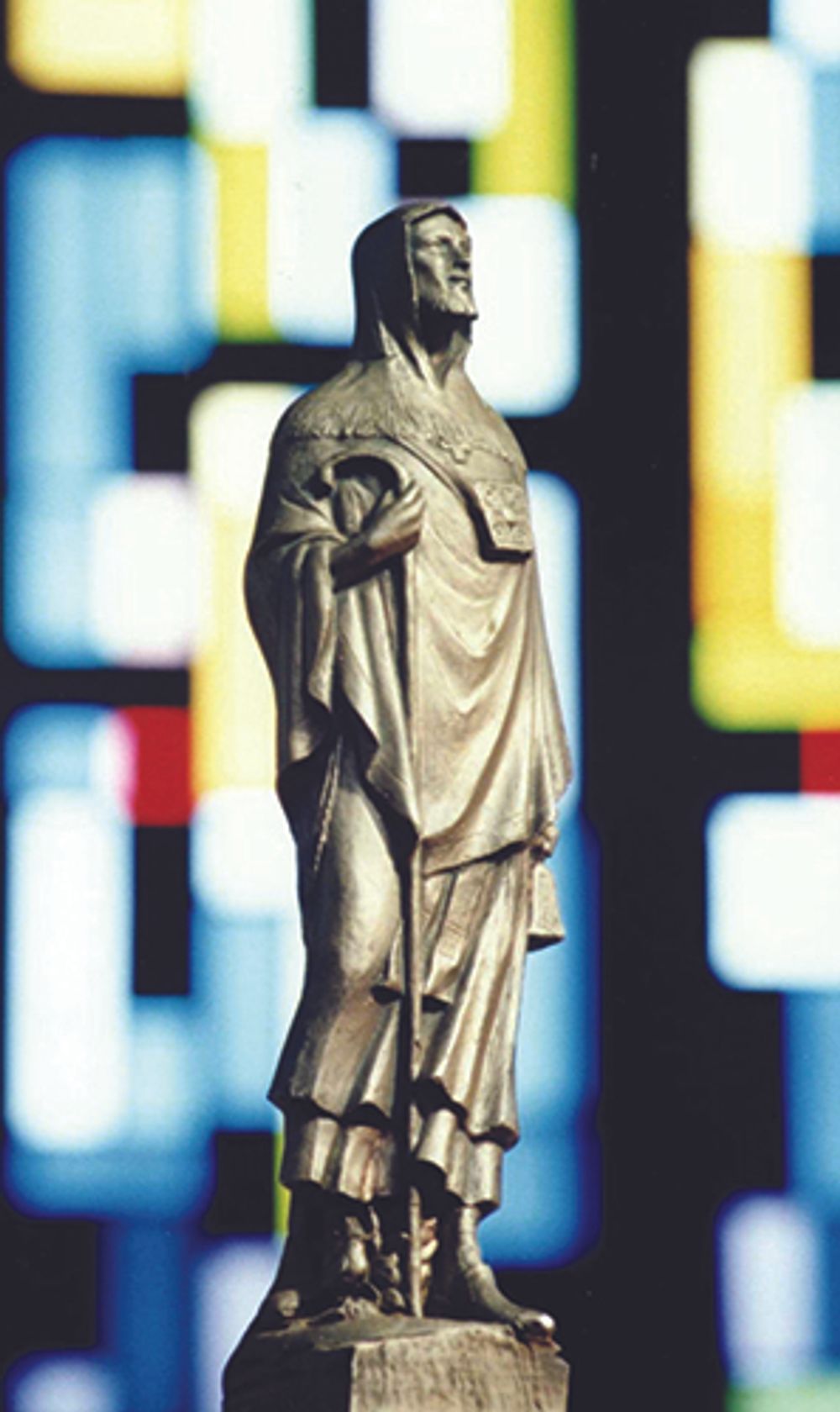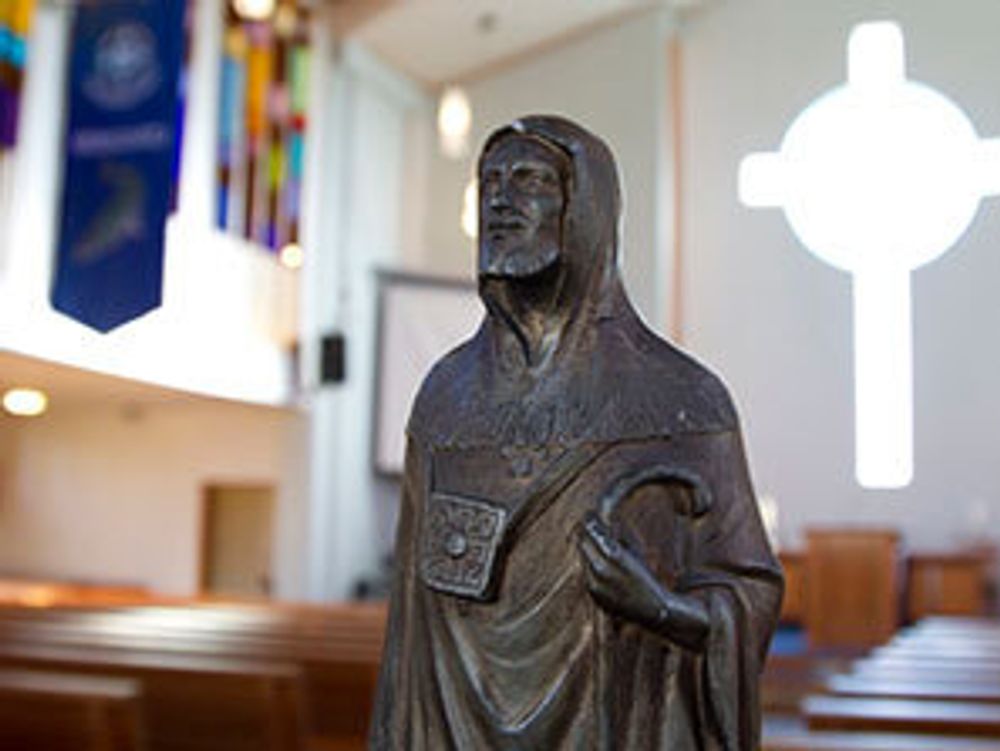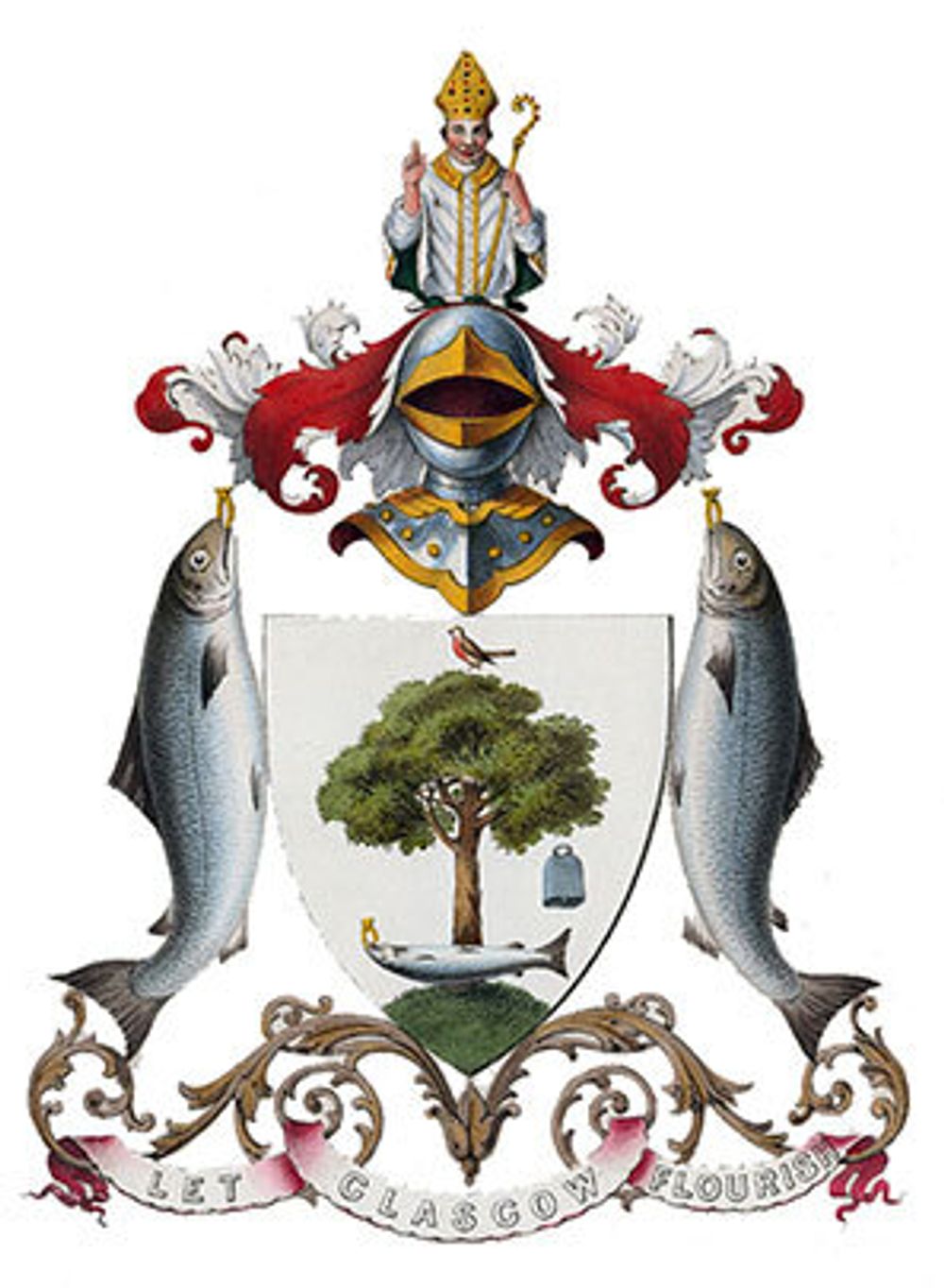Our early saints were extraordinary men. They believed in an unknown God and by spreading his word changed history. Saint Kentigern was such a man.

Kentigern was born near Edinburgh, Scotland in the sixth century. According to tradition when the British princess (and future saint) Enoch (also known as Theneva) became pregnant before marriage, she was rejected by her family and set adrift on the Firth of Forth. She drifted across the harbour and came to land near the present town of Culross where she was offered shelter and cared for at the monastery of St. Serf. Serf became the foster father of her son, Kentigern, also known as Saint Mungo.
Serf took the boy under his special care, educating him and training him in the monastic life. When he reached manhood Kentigern left the monastery and journeyed across to the west of Scotland, finally establishing his own religious foundation on the site of the cathedral in Glasgow. Here he set about converting the area to Christianity. At a later stage, he journeyed south into England and many parishes along his route still bear his name. Legend has it that he finally reached North Wales and spent several years there before returning again to Scotland, where he died c. 603.
From the time of his death, Saint Kentigern was venerated as Glasgow’s patron saint, and the cathedral of Glasgow was built in his honour. To this day his figure and the symbols associated with his legend make up the crest of the City of Glasgow.

The attributes of Saint Kentigern, more popularly known by his pet name Mungo, are remembered in a nonsense rhyme taught to Glasgow school children about the city’s
Coat of Arms:
This is the bird that never flew
This is the tree that never grew
This is the bell that never rang
This is the fish that never swam

The Bird commemorates the pet robin owned by St Serf, which was accidentally killed by monks who blamed it on Kentigern. Kentigern took the bird in his hands and prayed over it, restoring it to life again.
The Tree is the symbol of another incident in Kentigern’s childhood. Left in charge of the holy fire in St Serf’s monastery, he fell asleep and the fire went out. However, he broke off some frozen branches from a hazel tree and miraculously rekindled the fire.
The Bell may have been given to Kentigern by the Pope. The original bell, which was tolled at funerals, no longer exists and was replaced by the magistrates of Glasgow in 1641. The bell of 1641 is preserved in the People’s Palace.
The Fish was one caught by Kentigern in the Clyde. When it was slit open, a Ring belonging to the Queen of Cadzow was miraculously found inside it. The Queen was suspected of intrigue by her husband, as she had parted with his ring. She implored Kentigern for help, and he found and restored the ring to her in this way.









